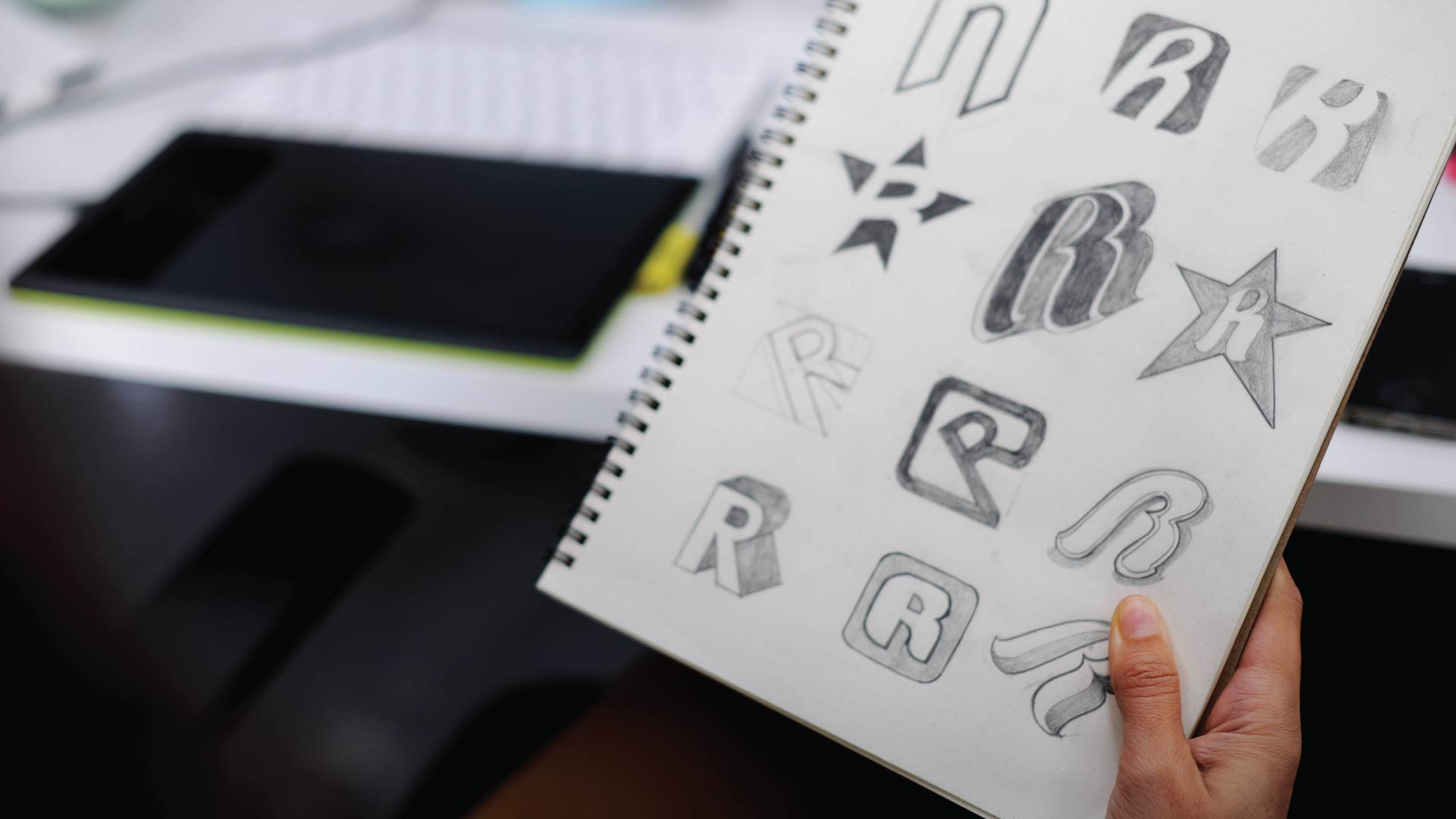
Logo design is one of the most popular freelance jobs out there. Designing a logo can seem like an intimidating task, especially if you’ve never done it before. Logos are often designed with words, symbols, or both together, but there are no hard rules for how they must look. There are many ways to design a good logo. If you are a freelancer or a small business owner who needs to create your own logo, here are some tips for how to get started.
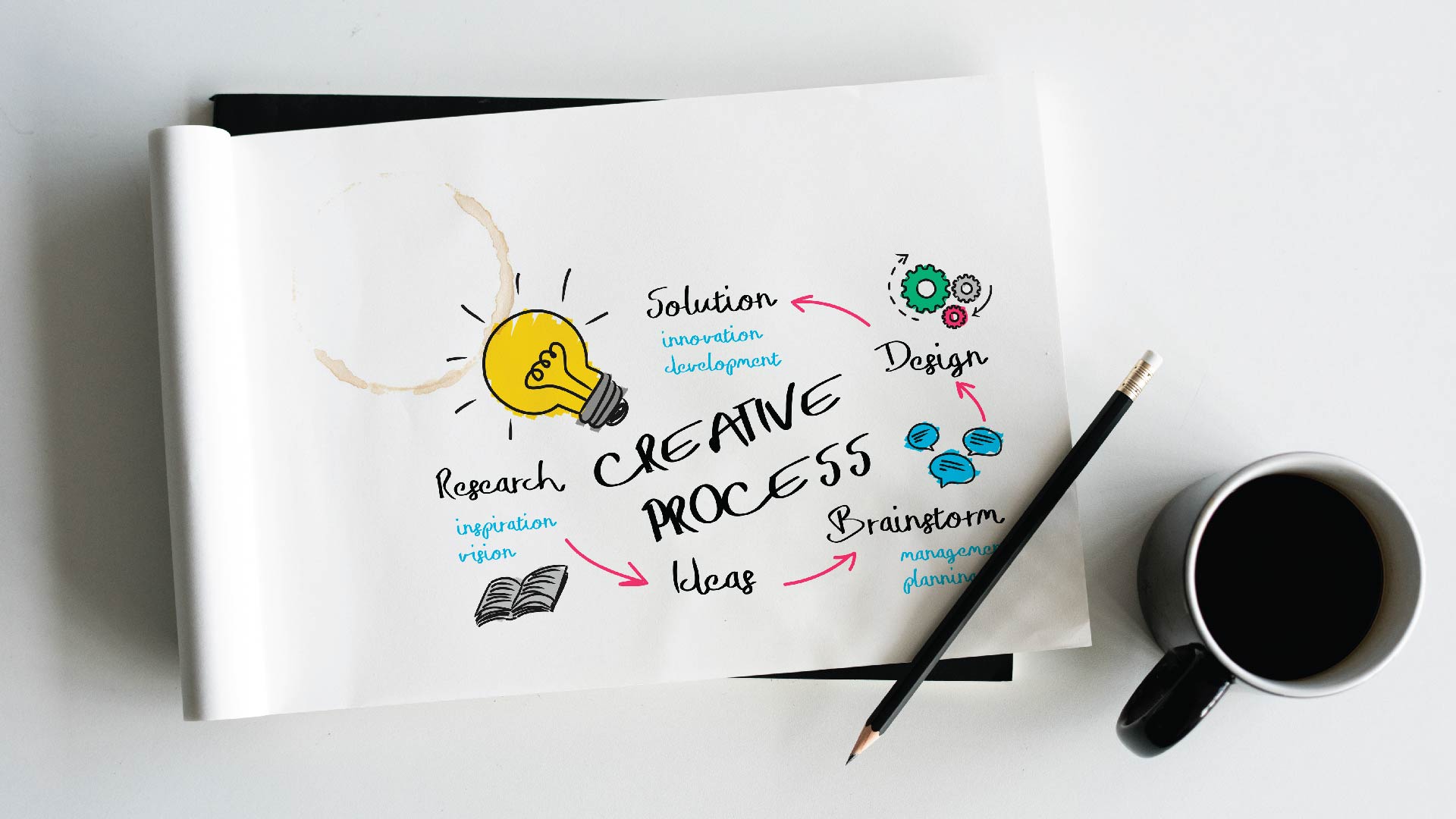
Understanding the Logo Design Process
The process of creating a logo varies depending on the needs of the business and the budget client has for design work. Before you begin designing a logo, whether for your business or for the client, it’s important to define the brand identity and target audience. In other words, who are you or the client as a company and what are the goals? Every business has different goals for their logo design. Some companies want something that will appeal to consumers; others want something that will represent their brand well online. First determine what kind of image you want to portray in the eyes of customers and potential clients.
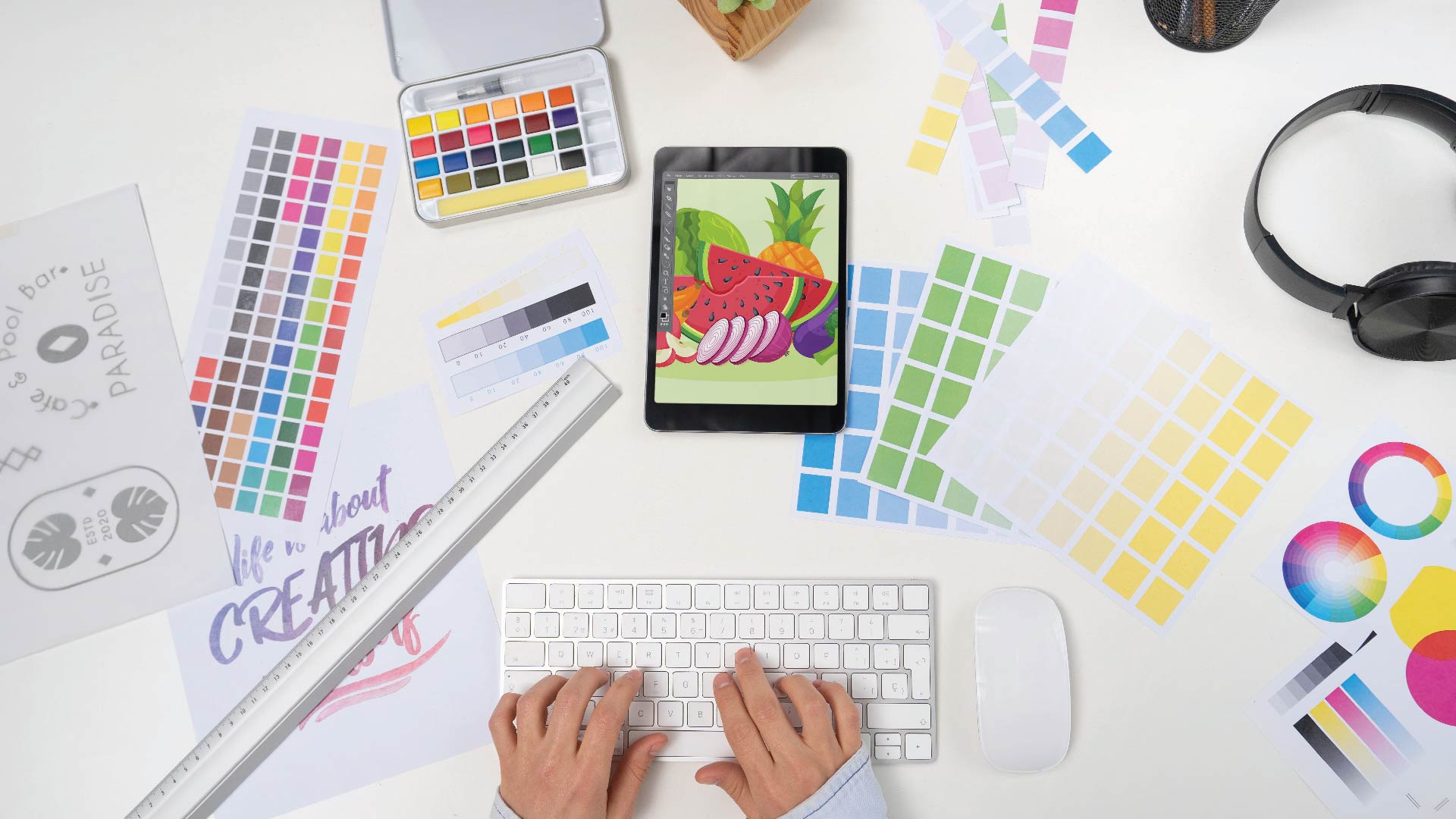
Create Visual Hierarchy
The type of business or organization, product or service will all contribute to the design of the logo. Starts by choosing what shapes will form the letters of the brand name. The common shapes for logo include circles, triangles, squares, octagons, crosses, and diamonds. When choosing colors for the logo, consider the emotions that are attached with those colors, as color psychology can help convey a mood or emotion. If you are designing a logo for a non-profit organization, you may want to focus on bright colors and simple shapes. If you are designing a logo for a commercial company, you may want to focus on professionalism and reliability through conservative colors and shapes like circles or squares.
Some common color schemes include complementary (two colors that contrast with each other on the color wheel), analogous (colors next to each other on the color wheel), and monochromatic (a single color). You’ll want your brand colors settled and start designing your logo.
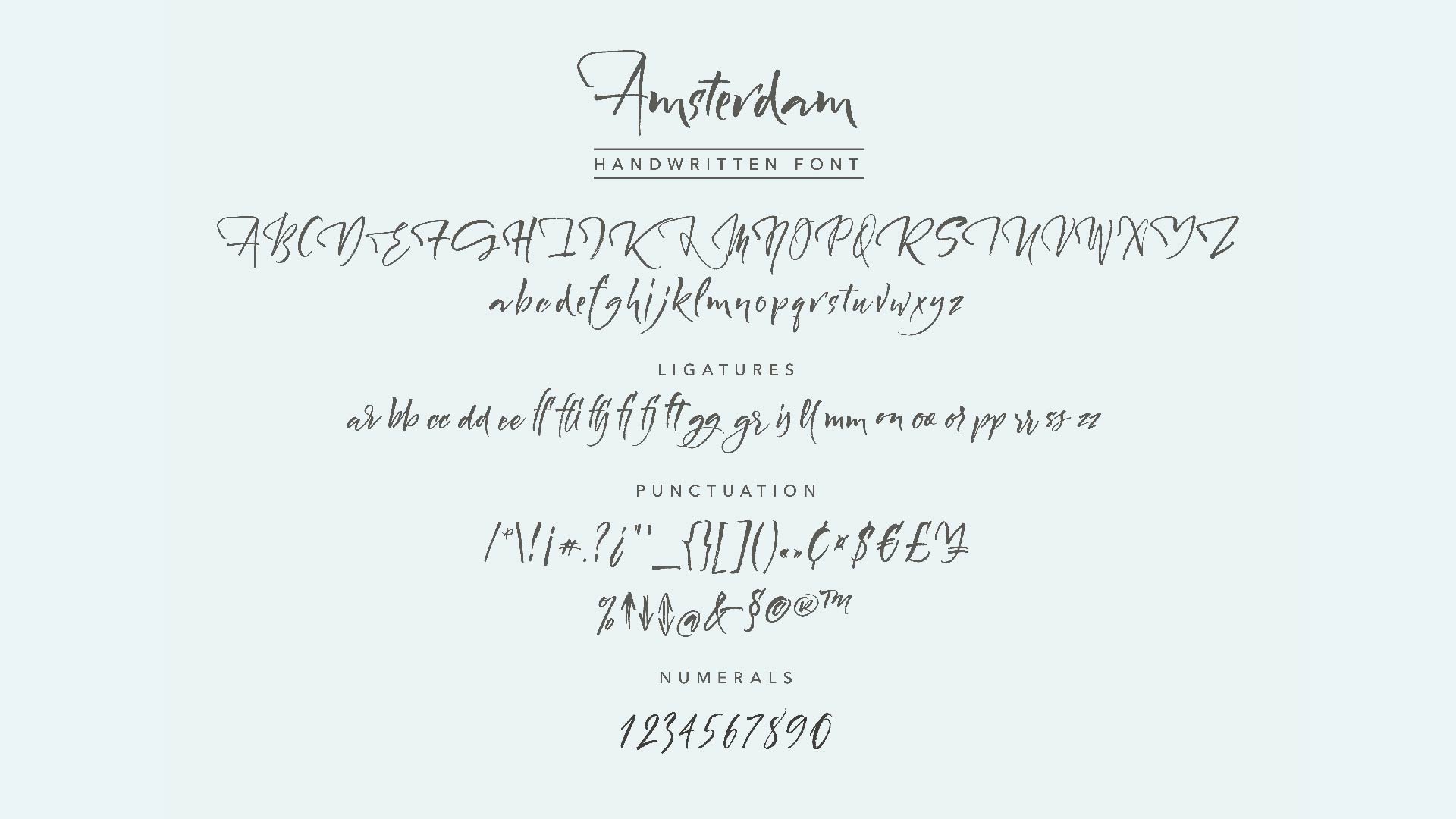
Consider Fonts That Work with the Logo
Another important thing when designing a logo is choosing the right font for it. The font says a lot about the brand, from its professionalism to its personality. There are many different factors that you should think about before choosing a font for your logo. You need to consider how legible the font is and whether or not it will work well with other fonts in your branding. For example, if you’re trying to create a brand identity for a youth-oriented business, maybe you’ll choose something playful such as Comic Sans or Papyrus; if you’re targeting older consumers, perhaps Helvetica would work better. Once you’ve chosen the font you want to use in your logo design, think about how it would look if its ratios were smaller (like on business cards) and larger (like on signs).
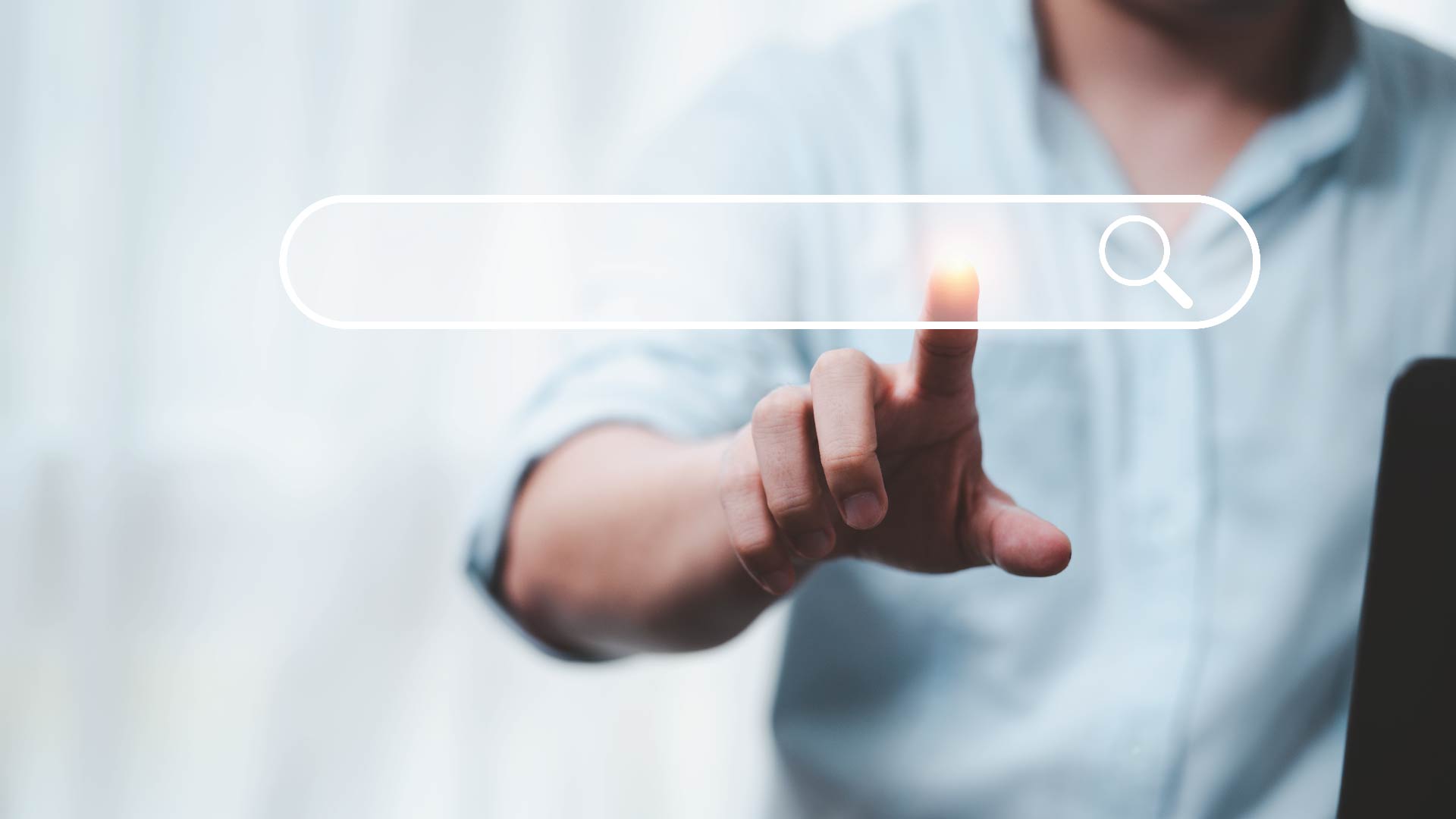
Research Inspiration Sites, Tools, and Resources
Creating a great logo starts with inspiration, and that could from traditional symbols, to sites like Dribbble and Behance, from vintage ads and even nature. Then, choose the tools that you’ll use to design the logo. If you’re familiar with Photoshop or Illustrator, go ahead and open those programs. Browse around for inspiration in your design elements such as colors, fonts, shapes, and then try out different combinations until you find one that feels right for the business’s goal. Keep in mind that logos should be original and reflect the personality of your company but still stay true to timeless design principles such as simplicity, unity and balance.
A logo is the most important part of a business identity. It’s what works as a brand identifier, so it has to be unique, memorable and appropriate for your business.
